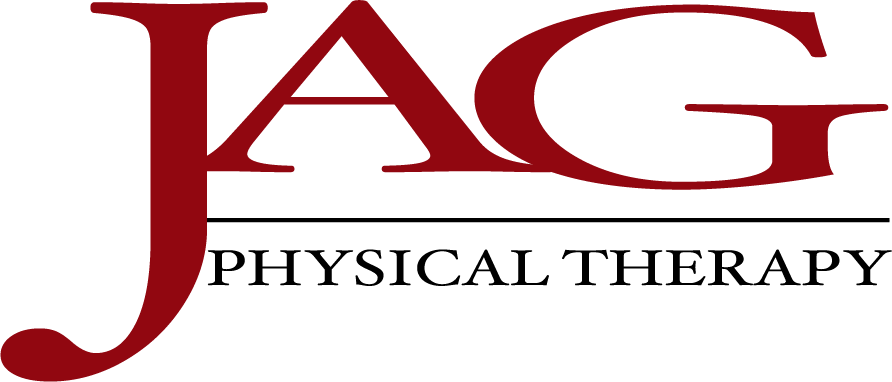Physical Therapy-Based Assistance for Urinary Incontinence
Urinary incontinence is, in short, any form of involuntary leakage of urine. It is present in people of all ages, can be caused by issues inside and outside the bladder, and can vary significantly in frequency and severity.
In general, however, pelvic floor physical therapy can provide quick and lasting relief for people struggling with incontinence. Read on to learn more about the forms of incontinence and how it’s treated, or find a JAG Physical Therapy location or book an appointment today to get started.
What Are The Four Types of Urinary Incontinence?
Urinary incontinence is grouped into four categories based on the general type of dysfunction causing it. These types of incontinence are:
Urge Incontinence
Urge incontinence is a symptom seen in people with overactive bladder syndrome (OAB). Individuals with this condition may be unable to hold in urine despite their best efforts, because their urge to urinate and the resultant pain and discomfort from resisting is simply too overwhelming.
Stress Incontinence
The “stress” in stress incontinence is physical strain on the outlet of the bladder. In this type of incontinence, the urethral sphincter – the pair of muscles that pinches the exit point of the bladder closed – does not seal all the way. Physical force caused by coughing, sneezing, laughing, exercising, changing positions, tripping and falling, or other factors can make urine in the bladder pass the inadequately closed urethral sphincter involuntarily.
Overflow Incontinence
People who have a blockage in the bladder outlet from narrowed urethra, prostate cancer, or non-cancerous enlarged prostate, or whose destrusor muscle (the muscle that pushes urine out of the bladder and through the urethra) is weakened, may experience overflow incontinence. In this form of incontinence, the bladder can become completely full without triggering the urge to urinate, and urine can simply leak out. In addition, overflow incontinence is a potential side effect of certain NSAIDs and anticholinergic drugs.
Mixed Incontinence
Some people may have more than one of these types of incontinence, putting them at risk of bladder leakage in multiple situations and in multiple ways. This is referred to as mixed incontinence.
How Pelvic Physical Therapy Can Treat Urinary Incontinence
Countless individuals with urinary incontinence seeking relief have found help with the use of physical therapy. At JAG Physical Therapy, the expertise and compassion of our PT staff allows them to combine treatment methods to allow all of our patients to rehabilitate their condition, no matter the cause, type, or extent of their urinary incontinence.
JAG PT’s pelvic floor specialization has helped many people manage their urinary incontinence in the least-invasive way possible with minimal side effects. We utilize a combination of treatment modalities to achieve the best results for diverse patients with unique health situations. These include pelvic floor exercise training that can be utilized at home and day-to-day to build strength and control, ultrasound and biofeedback to help patients learn more about their own bladder condition, neuromuscular stimulation to promote physical healing, and others.
To find out more about how JAG PT helps people from all walks of life with urinary incontinence every single day, contact us today, find your nearest clinic location, or schedule your initial appointment and have your condition evaluated by our expert PT staff.

